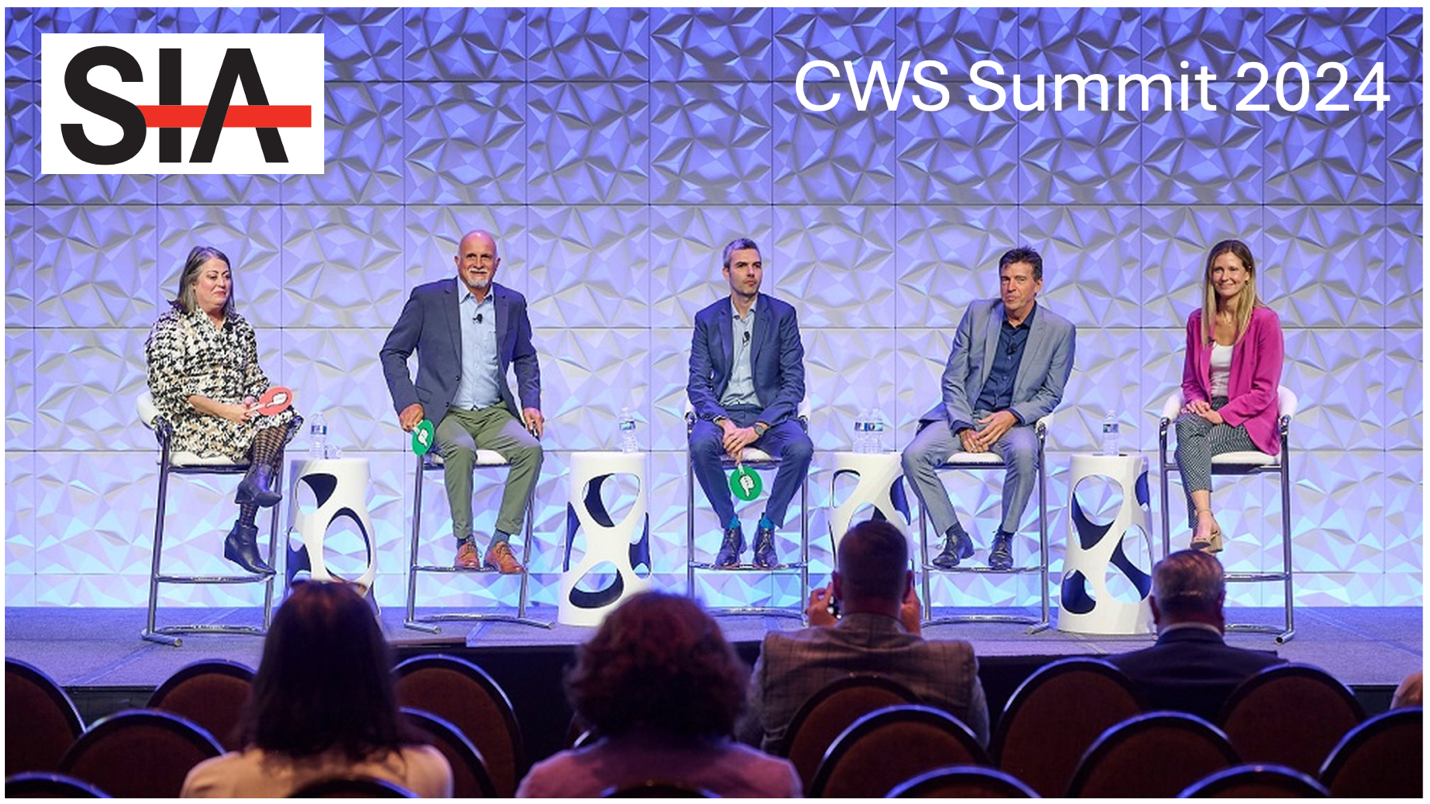Traditional VMS systems often fall short in meeting the unique requirements of manufacturing, light industrial and logistic operations, leaving organizations feeling disappointed. This article explores six critical areas where these technologies are lacking, offering valuable insights for selecting the right VMS solution to help you manage your extended workforce.
Many Legacy VMS systems are unable to handle the complexities of a manufacturing, light industrial or logistics environments
When looking at potential VMS systems and peeling back the layers of these technologies, companies quickly find they are unable to handle the complexities of manufacturing, warehousing and logistics environments.
Most vendor management systems can manage white-collar temps with ease, but many were never designed to deal with the unique needs of hardcore manufacturing operations. For these systems, the best a manufacturing organization can often get out of a legacy VMS is worker headcount tracking, which kills many of the benefits - both financial and productivity - that a VMS promises.
Companies have been forced to settle for a sub-standard solution or do nothing because they think there isn’t a technology out there that will work. Thankfully, some vendor management systems have been specifically designed to deal with the realities and requirements of light industrial staffing.
In this article, we take a look at the six key areas in which traditional VMS technologies are failing organizations when it comes to manufacturing and light industrial staffing. By seeing these failings, your business will know what it needs to look for when choosing the right VMS.
1 - Work Shift Management
In manufacturing and logistics environments the first hurdle that VMS systems often fail at is managing multiple work shifts across multiple locations. A single site could have dozens of different work shift configurations such as the Dupont, 2-3-2, and 4on/4off shifts to name just a few. Add in additional complexities like shift premiums and bonus add on’s and the traditional VMS systems fail.
2 - High Volume & Worker Fluidity
In logistics and distribution environments temp workforce needs can change rapidly often several times in a matter of hours. An unexpected truck may be hitting the doors early or a high-urgency repacking job may pop up.
For a VMS to be successful in these environments the system needs to be able to enable the staffing agencies and hiring managers to operate in bulk worker scenarios, ordering, filling, and onboarding hundreds of job openings at one location in hours and sometimes even minutes. The traditional VMS systems just aren't designed for, nor do the providers want to deal with these complexities, as they are not core to their business or their system.
3 - Timekeeping System Integrations
Worker timekeeping systems are another situation where manufacturing and warehouse environments are unique to what legacy VMS systems were not built to manage. In many situations, companies will have thousands of workers across dozens of sites and often utilize numerous systems of timekeeping (manual and automated).
For a vendor management system to properly handle these situations it needs to be able to integrate with all systems and provide site leads the ability to manually upload time data where a system doesn’t exist. Loading time worker by worker is not an effective solution and defeats the promise of automation.
4 - Regulatory Demands
Quite often manufacturing companies are in some way regulated or are required to follow and report against specific protocols. Often these change from location to location due to different jurisdictional rules. A VMS should be able to adapt and provide each location the ability to set up and track against these worker-specific protocols and policies.
5 - Health and Safety Tracking
In the light industrial world, the reporting and management of incidents is a critical compliance requirement. Every worker incident needs to be reported immediately with full transparency so that the organization can track and report health and safety incidents both internally and externally. The VMS must have the functionality to address these needs.
6 - Skills Testing and Certification
In many manufacturing environments, workers are handling very dangerous materials, or are required to demonstrate knowledge and skills in very specific areas of practice. Being able to test, assess and validate that workers have these skills and knowledge before onboarding is critical to the safety of the worker and the work environment.
Today’s VMS should provide for embedded online screening and certification and/or integrate the company's third party assessment tools.
Conclusion
These are just a few of the needs that manufacturing and logistics organizations deal with every day and the reasons why up until now many of the traditional VMS systems have fallen well short in meeting these needs. The good news for light industrial managers is that the VMS world has changed in the last couple of years and some new emerging systems have been built to handle these complex environments.
- Learn More about Vendor Management Systems for Manufacturing & Light Industrial:
➡️ Launching a Time Clock System? Here are 5 Must-Know Tips!➡️4 Key Considerations when choosing a VMS for Light Industrial➡️ VMS For Manufacturing: Seamlessly Manage your Manufacturing Extended Workforce
➡️ How a VMS Helps Navigate the Complexities of a Manufacturing Workforce
➡️ Light Industrial: How to Better Manage your Temp Workers with a VMS
➡️ How Staffing Agencies that Specialize in Light Industrial can help your Business➡️ Industrial & IT Staffing: Seeing Rapid Growth➡️ Warehouse: How to Manage Contingent Workers & Staffing Agencies
The Conexis Difference: Built with Manufacturing Top of Mind
Conexis has developed unique Vendor Management System (VMS) functionality specifically to support the unique needs of manufacturers, light industrial and logistics. Over 60% of the Conexis user population are in light industrial and manufacturing positions - so we know what it takes to build a VMS system that applies to the requirements of organizations with manufacturing and light industrial staffing needs. From complex work shift arrangements to Health & Safety incident tracking, Conexis has it all to make managing your manufacturing extended workforce easy and fast. Read more at Conexis: VMS for Manufacturing/Light Industrial and VMS for Logistics.
Interested in learning more about Vendor Management Solutions?
Whether you are looking for a new VMS Solution, or just getting started, we are here to help. See how easy Conexis is to use by taking a quick 2 minute Self-Guided Tour. Contact Us for a Free No-Obligation Consultation to discuss your workforce challenges (and get immediate actionable insights) or Book a Personal Demo Today!






